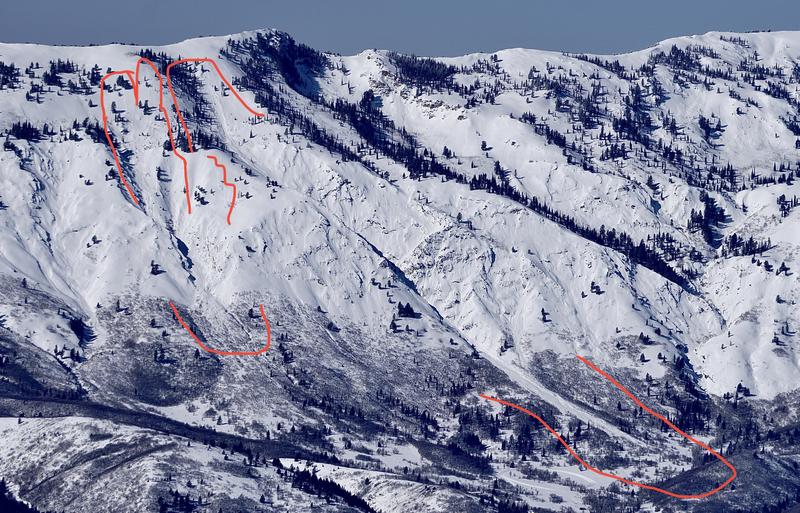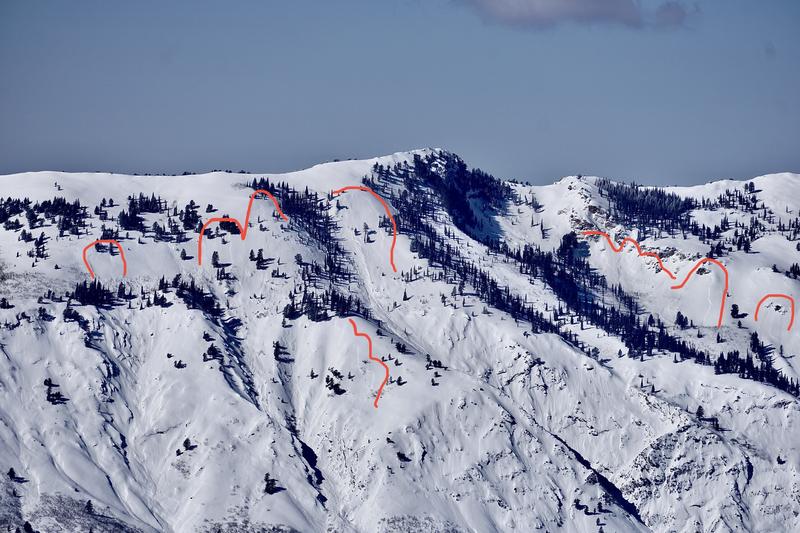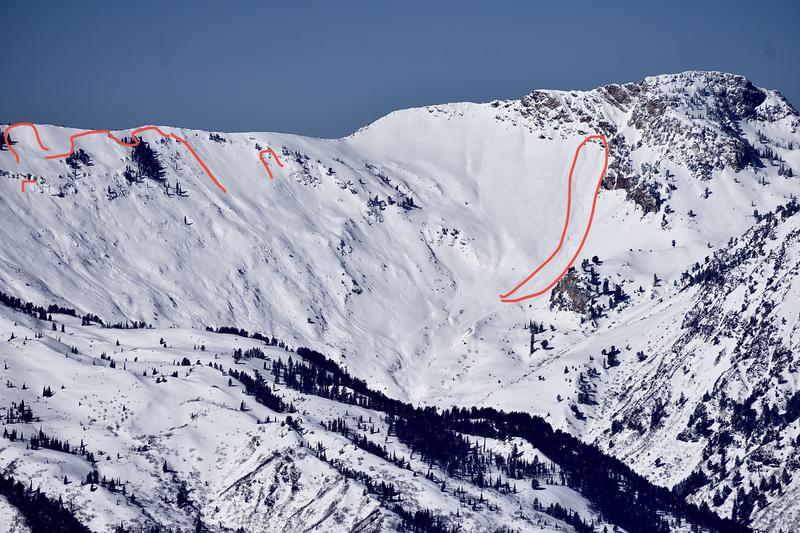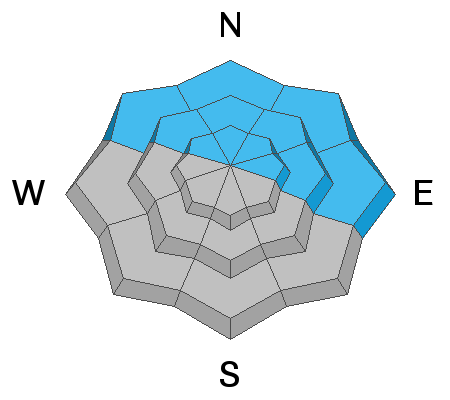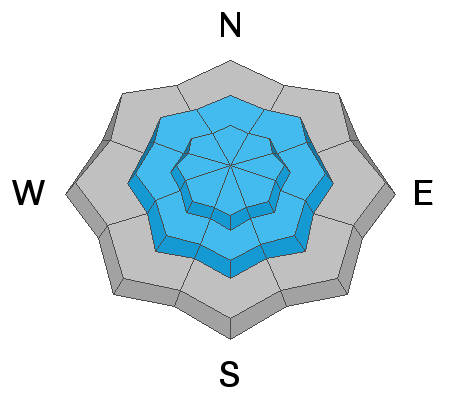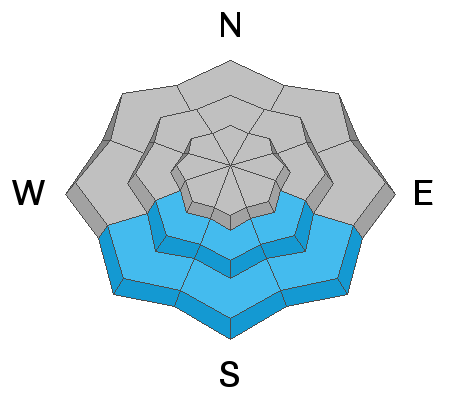Forecast for the Ogden Area Mountains

Issued by Nikki Champion on
Friday morning, March 11, 2022
Friday morning, March 11, 2022
There is CONSIDERABLE avalanche danger on steep northwest-to north to east-facing aspects. You are likely to trigger an avalanche 1-3' deep failing on a buried persistent weak layer faceted snow. Conservative decision-making will be essential today.
There is a MODERATE danger on steep slopes facing west to the south to southeast. This primarily involves soft slab avalanches failing within fresh drifts of wind-blown snow. The cooler temperatures and elevated winds should help keep the snow from heating up too much, but some wet loose avalanches could begin to happen on the southern end of the compass at lower and mid-elevations.
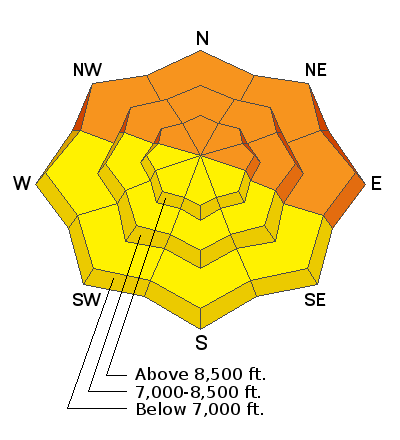
Low
Moderate
Considerable
High
Extreme
Learn how to read the forecast here


